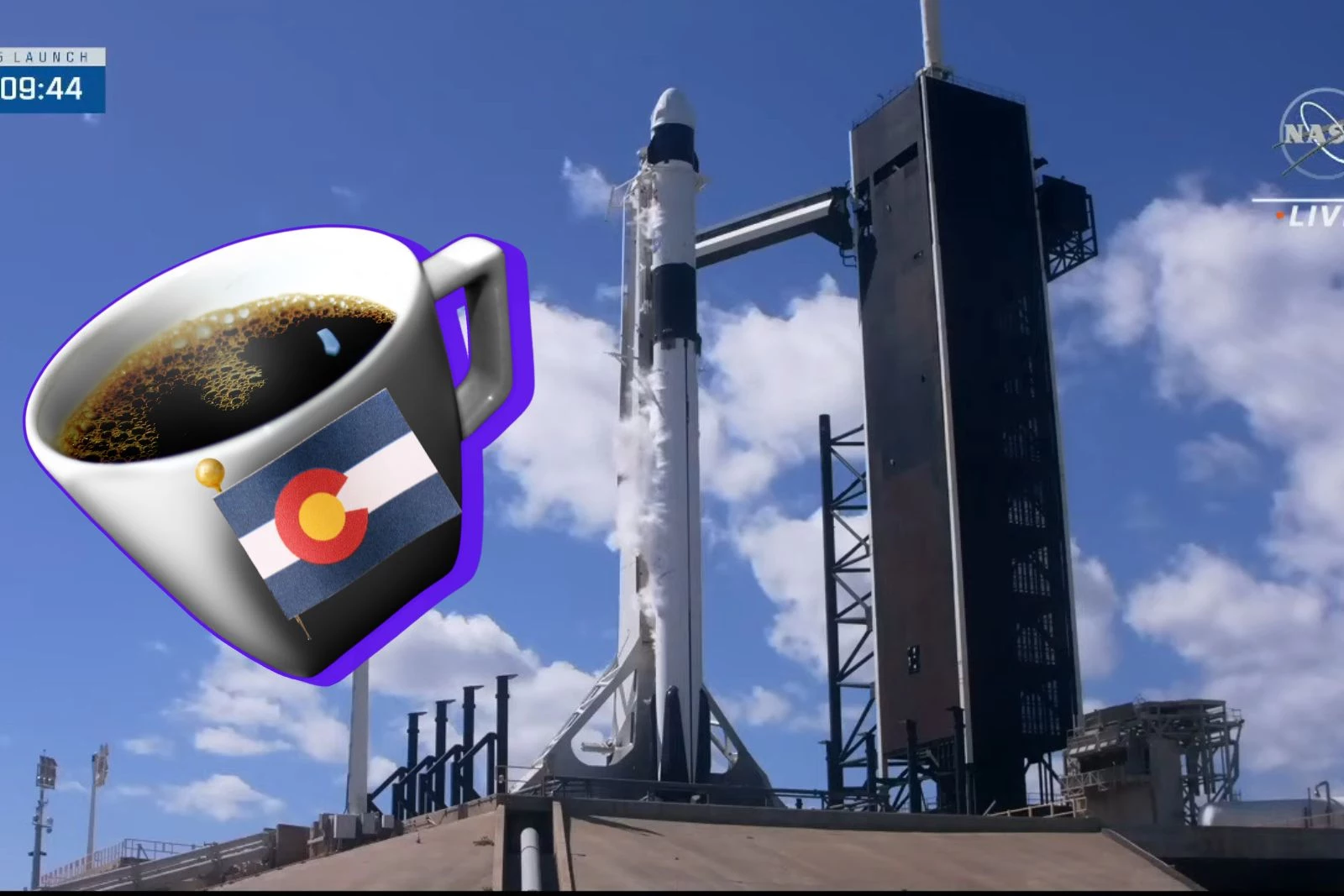

Since the question states that the person could overcome the orbital velocity, assuming they could reduce their velocity sufficiently, they would reenter the atmosphere at sufficiently high speeds that friction of the atmosphere would burn off their suit fairly quickly and leave them exposed to similarly harsh conditions. years) before they actually re-entered the atmosphere. In fact they might be in orbit for quite some time (e.g. In most cases this would not be adequate for a sufficient bleeding of velocity to cause the person to fall to earth before their air supply ran out. In that case they would have to rely upon the slow decay of their orbit brought on by things like friction in the rarefied (but still present) atmosphere and impacts of micro-meteors etc. So while jumping from the space station would impart a slightly different momentum, in principle they would wind up in just a slightly different orbit around the earth, depending on how they jumped. One is that the person on the space station is in a relatively stable orbit around the planet. The longer answer is that there are a few key obstacles.
#INTERNATIONAL SPACE STATION LIVE UPDATE#
UPDATE 2: If allowed to freely design the spacesuit the answer is yes.(see below) Initial answer before clarification It's more a matter of problem definition than of physics and engineering.

The answer is clearly yes if you're willing to define "pressure suit" loosely enough. Thanks to mmc in comments, the proposed MOOSE comes close, but it's still more a capsule than a suit in fact, the astronaut would have worn a space suit while using it. So the question becomes: is a pressure suit with sufficient heat shielding to survive re-entry still a pressure suit? This would undoubtedly change the shape of the suit.
#INTERNATIONAL SPACE STATION LIVE PLUS#
You'd just need to design a pressure suit with heat shielding similar to the ablative shielding used by most space capsules, or to the tiles used by the Space Shuttle, plus a parachute. A Mercury or Vostok capsule (the only one-person re-entry vehicles I'm aware of) could be thought of (rather loosely) as a very large pressure suit with an odd shape.

How elaborate is the pressure suit allowed to be?Ī pressure suit is in effect a self-contained spacecraft. Someone re-entering without a spacecraft of some sort would obviously have to wear some kind of pressure suit (as Felix Baumgartner did in his jump). Humans have re-entered the atmosphere from the International Space Station many times, by riding in either a Space Shuttle or a Soyuz capsule. It depends on how you define the problem. Felix started at 0 MPH at about that height which is why he survived. This is just a guess, but if he has to decelerate from 6000 MPH to a terminal velocity of something like 600 MPH within about 5 miles or so, the G forces would be something like 30 Gs, so he would not survive and there is no way to protect yourself from that many Gs. But our astronaut is falling straight in - perpendicular to the atmosphere! What about the G forces of deceleration? When satellites de-orbit they have to carefully control the angle at which they are coming in - too shallow and they could skip off back into orbit, too steep and the heat load would be too high and the deceleration would also be too high to survive. So it would not be someone just "jumping off" the ISS for sure.įor now, assume he is not burned up somehow. So that is the first problem - an ordinary space suit would not protect the astronaut - he would need very significant heat shielding - such as a Mercury capsule used by America's first manned space program. Now, that is roughly 1/3 of orbital velocity and when satellites de-orbit, they need extensive heat shielding to avoid being incinerated. How fast will the astronaut be going when he gets to 30 miles? The answer is he would be traveling at about 6000 miles per hour (assuming no air friction till he gets to 30 miles). Note that this is approximately the height that Felix jumped from!

From the web I find that many meteors burn up at around 30 miles above the earth where the atmosphere gets thick enough to decelerate the meteor due to the air compression in front of the meteor and air friction - this compression and friction also heats up the meteor and melts it. So, there the astronaut is, at 258 miles above the earth's surface, stationary and starting to accelerate at 1 G towards the earth. Instead of just jumping, imagine the astronaut had a jet pack that could cancel that speed of 17,000 miles per hour in a very short time (that would take 77 seconds at 10 Gs of deceleration). As other answers say, if someone just jumps off of the international space station(ISS), they would still be in orbit around the earth since the ISS is traveling at 17,000 miles per hour (at an altitude of 258 miles).


 0 kommentar(er)
0 kommentar(er)
